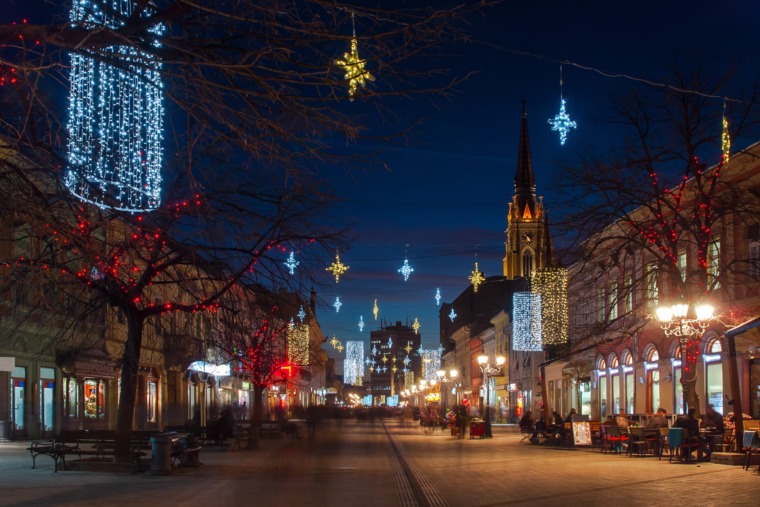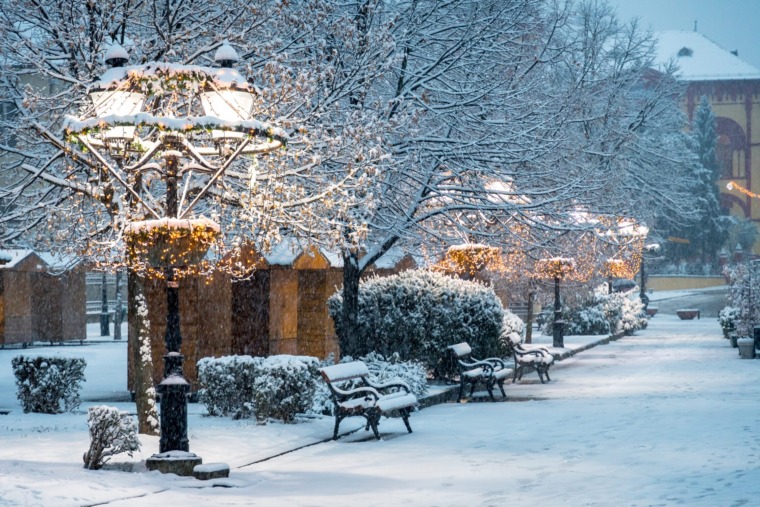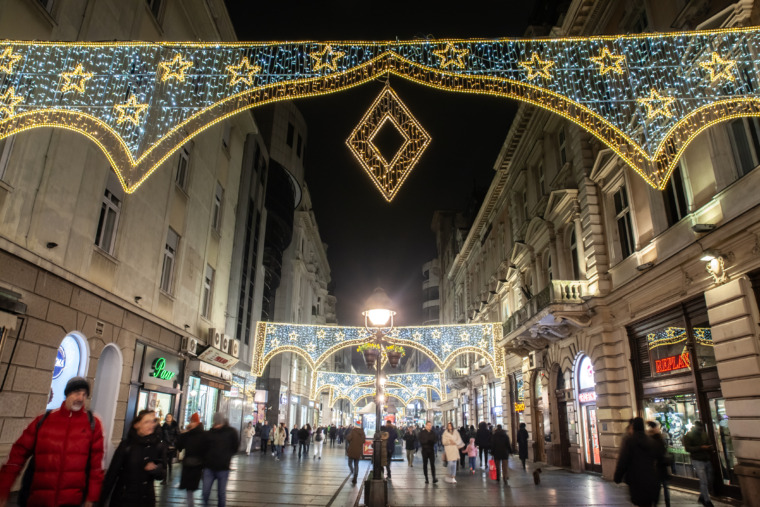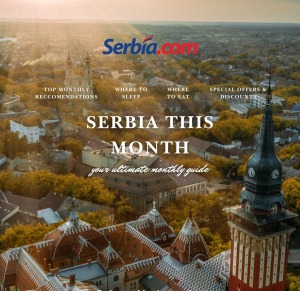
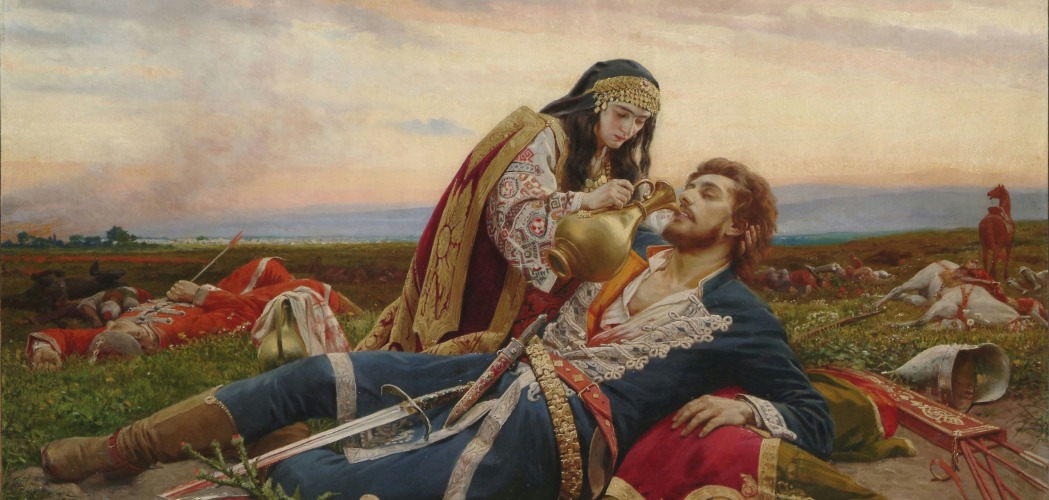
Every year on June 28, Serbia commemorates Vidovdan, one of the most significant and symbolically powerful dates in the country’s history and spiritual life. Vidovdan is more than a religious holiday—it is a day that weaves together remembrance, identity, and destiny.
Origins of the Holiday – Saint Vitus and Ancient Traditions
Vidovdan originates from the feast of Saint Vitus, an early Christian martyr from the 4th century. However, the date likely absorbed elements from older Slavic pagan traditions tied to the summer solstice and solar cults. In Serbian folklore, Saint Vitus is associated with sight, dreams, and prophecy—it is often said that “everything becomes visible on Vidovdan,” a phrase that also echoes the day’s historical significance.
The Battle of Kosovo – A Historical and Mythical Foundation
Vidovdan is most remembered as the day of the Battle of Kosovo in 1389, when the army of Serbian Prince Lazar clashed with the invading Ottoman forces led by Sultan Murad. Though the historical outcome remains debated, the battle became a cornerstone of Serbian cultural memory, symbolizing sacrifice for faith and freedom.
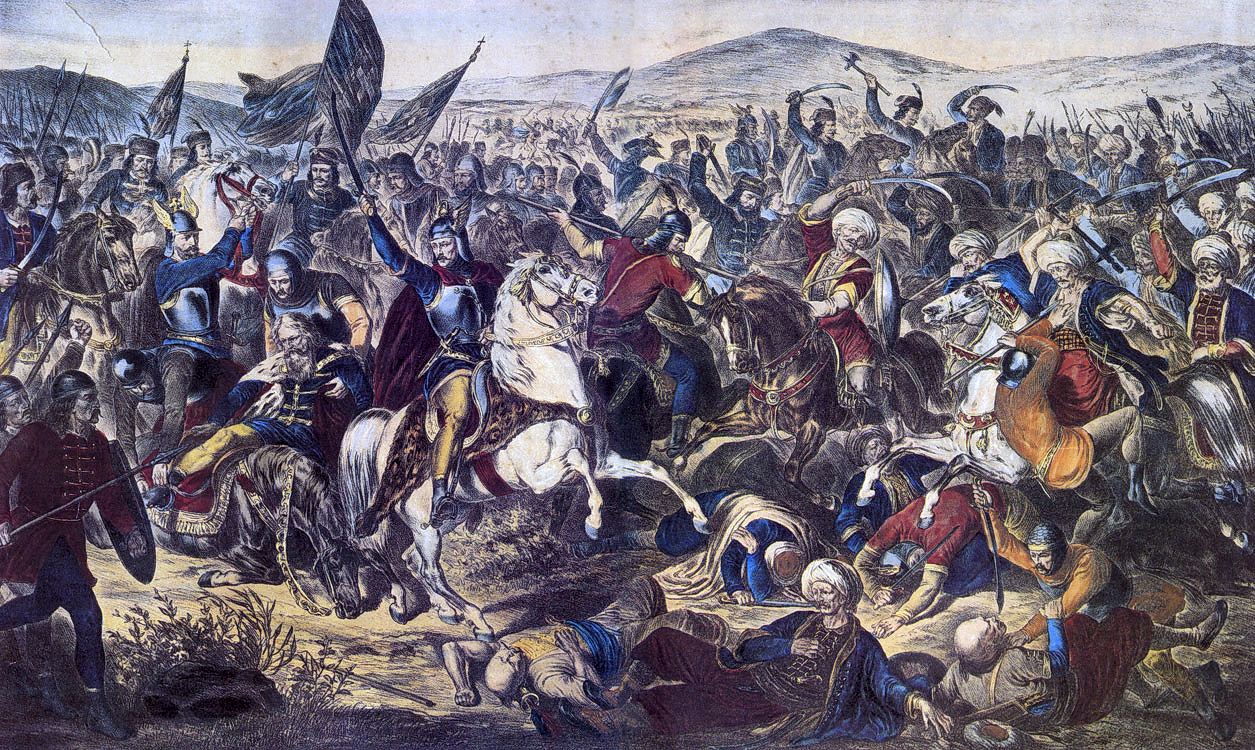
Prince Lazar, who chose the heavenly kingdom over the earthly one, was canonized as a saint and martyr, and the day itself became a sacred covenant for the Serbian people.
Modern History Marked by Vidovdan
Vidovdan resonates far beyond the medieval battlefield. Several pivotal events in modern Serbian and world history also occurred on this day:
- June 28, 1914 – Gavrilo Princip assassinates Archduke Franz Ferdinand in Sarajevo, triggering World War I.
- 1921 – The first constitution of the Kingdom of Serbs, Croats, and Slovenes (the “Vidovdan Constitution”) is adopted.
- 1989 – On the 600th anniversary of the Battle of Kosovo, President Slobodan Milošević delivers a historic and controversial speech at Gazimestan.
How Vidovdan Is Observed Today
In Serbia, Vidovdan is marked in the Orthodox Church calendar as a major religious feast and is observed with liturgies and memorial services. The most significant ceremonies take place in Kosovo and Metohija, especially near Gračanica Monastery and Gazimestan, where people gather to honor the Kosovo heroes with prayers and speeches.
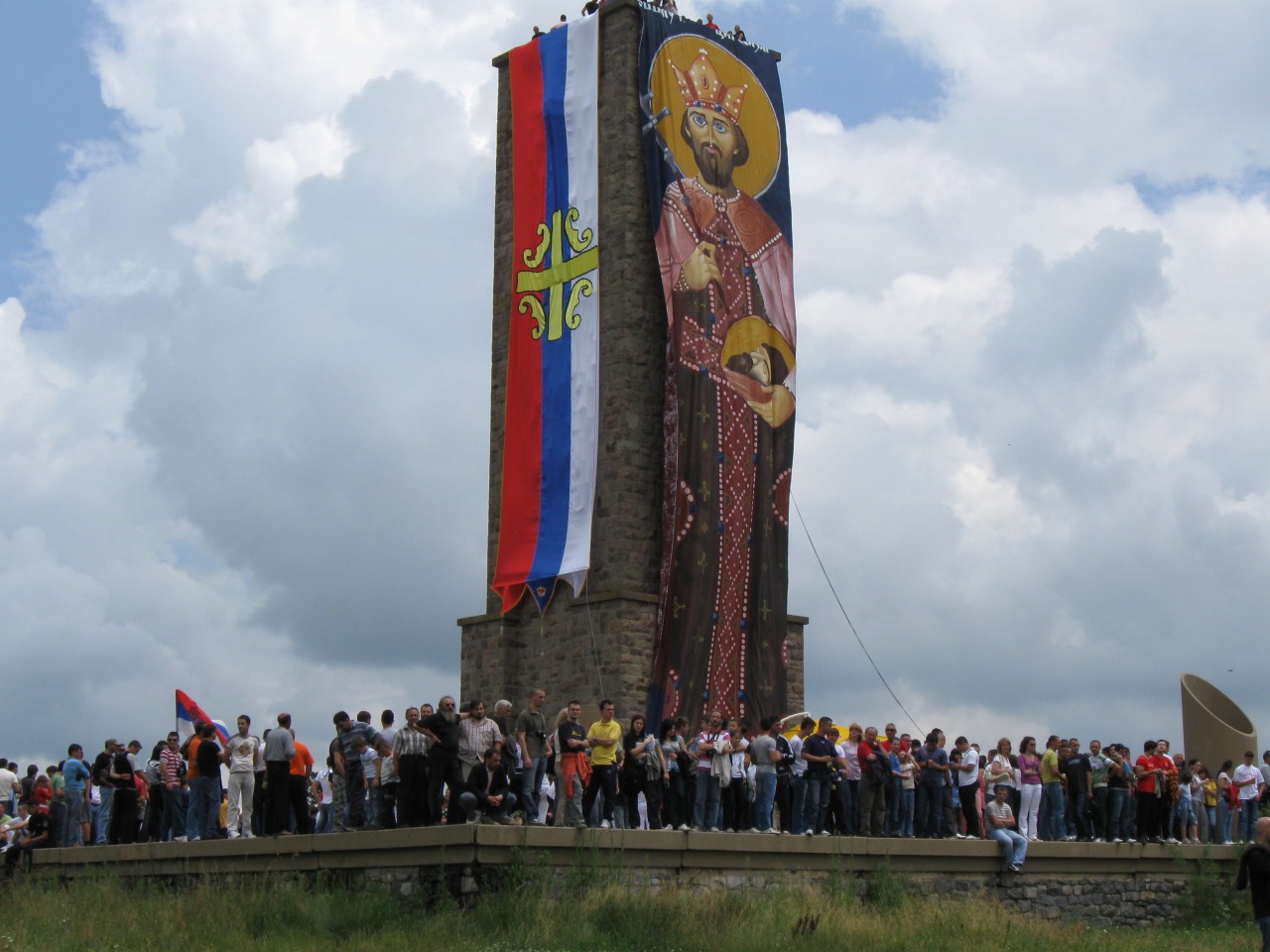
Throughout the country, churches hold services in honor of Prince Lazar and the Kosovo martyrs, while schools, cultural institutions, and municipalities organize lectures, exhibitions, and commemorative events dedicated to Serbian history and heritage.
Symbolism and Cultural Impact
- The iconic phrase “The earthly kingdom lasts only a short time, but the heavenly kingdom is eternal” reflects the spiritual essence of Vidovdan.
- In some regions, people believe that prophetic dreams occur on the night before Vidovdan, and that fasting on this day brings clarity and spiritual insight.
- Vidovdan continues to inspire poets, writers, artists, and composers, often representing the eternal struggle between fate and freedom.
Vidovdan Is Not Just a Date—It Is a Legacy
Vidovdan holds a unique place in the Serbian soul. It unites faith, sacrifice, memory, and national consciousness. It is not a day of celebration, but a day of reflection—on the past, on the present, and on the responsibility for what lies ahead. Across centuries, it has remained a symbol of the enduring spirit of those who chose dignity over submission, and memory over forgetfulness.
Featured photo: Autor: Uroš Predić – Google Arts and Culture project ID qwHsDfy8ziE-BA[1], Javno vlasništvo, https://commons.wikimedia.org/w/index.php?curid=26143174
Related Articles

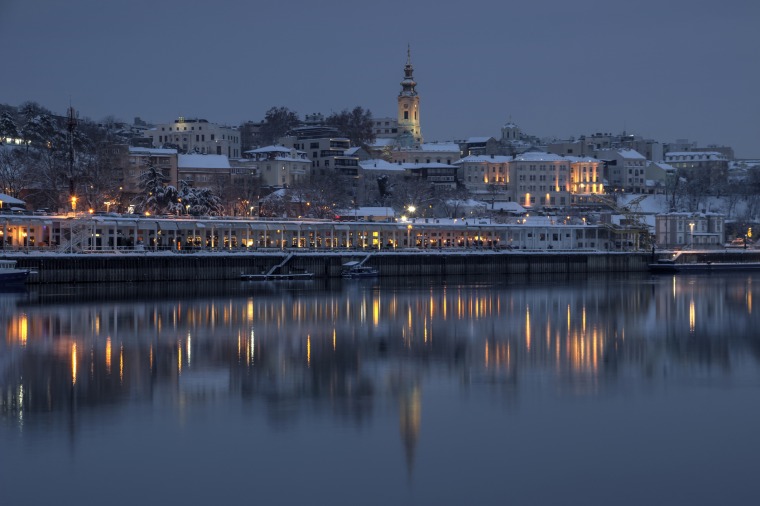
Belgrade in December: A City of Lights, Warmth, and Holiday Magic
December 5, 2025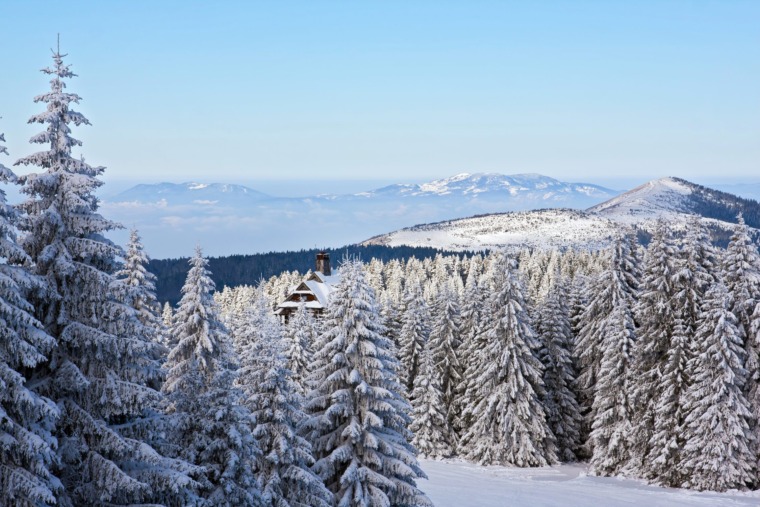
Kopaonik in December: Serbia’s Top Winter Destination
December 4, 2025

